Home>Garden Essentials>When Should Sunflower Seeds Be Planted


Garden Essentials
When Should Sunflower Seeds Be Planted
Modified: March 16, 2024
Learn when to plant sunflower seeds in your garden for optimal growth and blooming. Find out the best time to sow sunflowers and get ready for a vibrant and beautiful garden.
(Many of the links in this article redirect to a specific reviewed product. Your purchase of these products through affiliate links helps to generate commission for Storables.com, at no extra cost. Learn more)
Introduction
When it comes to adding a splash of vibrant color and a touch of sunshine to your garden, few plants can compare to the majestic sunflower. Known for their tall stature and bright yellow petals, sunflowers are a popular choice for gardeners of all experience levels. Whether you’re a seasoned gardener or a beginner with a green thumb, learning when and how to plant sunflower seeds is essential for a successful and bountiful garden.
Planting sunflower seeds may seem like a straightforward task, but there are several factors to consider to ensure optimal growth and a blooming spectacle in your garden. From determining the best time to plant to preparing the soil, this article will guide you through the necessary steps to embark on a sunflower planting journey.
Before diving into the details, it’s worth noting that there are different varieties of sunflowers, each with its own unique characteristics and requirements. Some sunflowers are smaller and bushier, while others are tall and ideal for cut flowers or creating a stunning focal point in your garden. Understanding the specific needs of the sunflower variety you choose will help you tailor your planting and care routine accordingly.
So, whether you’re looking to add a pop of color to your backyard or grow sunflowers for their nutritious seeds, let’s dive into the essential factors to consider before planting sunflower seeds.
Key Takeaways:
- Plant sunflower seeds in warm, sunny areas with well-draining soil. Wait until after the last frost date to ensure optimal growth and consider using support for tall varieties.
- To ensure successful sunflower planting, prepare the soil by clearing the area, improving fertility, and adjusting pH. Pay attention to spacing, watering, and protecting seeds from pests and birds.
Read more: When To Plant Sunflower Seeds In Ohio
Factors to Consider Before Planting Sunflower Seeds
Before you start planting sunflower seeds, it’s important to take a few factors into consideration to ensure optimal growth and success in your garden. These factors include the location, soil quality, sunlight requirements, and spacing between plants.
1. Location: Sunflowers thrive in areas with full sun exposure, so choose a location in your garden that receives at least 6-8 hours of direct sunlight per day. They also prefer shelter from strong winds, so consider planting them near a fence or building to provide some protection.
2. Soil Quality: Sunflowers can grow in a wide range of soil types, but they prefer well-draining soil with a pH level between 6.0 and 7.5. Before planting, amend your soil with organic matter such as compost to improve fertility and drainage.
3. Sunlight Requirements: As mentioned earlier, sunflowers require plenty of sunlight to grow and thrive. Ensure that the chosen location is not shaded by trees or other structures that may obstruct sunlight. Additionally, sunflowers generally face east to follow the path of the sun, so keep this in mind when planning their placement.
4. Spacing: Sunflowers are known for their impressive size, so it’s important to provide adequate spacing between plants to allow them to reach their full potential. Most varieties require spacing of about 12-24 inches between plants, depending on their expected size. This will prevent overcrowding, which can lead to stunted growth and decreased flower production.
5. Potential Pests: While sunflowers are generally resilient, they can attract pests such as aphids, slugs, and birds. Consider implementing preventative measures like companion planting and using natural pest repellents to protect your sunflowers from potential damage.
By taking these factors into account, you can ensure that your sunflowers have the best possible start and thrive throughout their growth cycle. Now that you’re familiar with the key considerations, let’s move on to discussing the best time to plant sunflower seeds.
Best Time to Plant Sunflower Seeds
The timing of sunflower seed planting plays a crucial role in the success of your garden. Sunflowers are warm-season plants, meaning they require warm soil and temperatures to germinate and grow properly. While the exact timing may vary depending on your climate and location, there are general guidelines to follow.
It is best to wait until after the last frost date in your area to plant sunflower seeds. Planting too early, when the soil is still cold, can lead to poor germination and weak plant growth. Sunflowers thrive in temperatures between 70°F and 78°F (21°C-26°C), so aim for a consistent warm weather forecast before sowing your seeds.
In most regions, late spring to early summer is the ideal time to plant sunflower seeds. This allows the soil to warm up sufficiently and provides ample time for the sunflowers to grow and bloom during the summer months. If you live in a colder climate with a shorter growing season, you can start your sunflower seeds indoors a few weeks before the last frost date and then transplant them outside once the danger of frost has passed.
It’s important to note that sunflowers have a relatively quick growth cycle, usually taking around 75-95 days from planting to flowering. Therefore, planting at the right time ensures that you can enjoy the beautiful blooms before the arrival of colder weather in the fall.
In addition to timing, it’s also essential to consider the length of the growing season when choosing sunflower varieties. Some sunflowers have a shorter growth period and are better suited for areas with a shorter growing season, while others require a longer growing season to reach their full potential. Check the seed packet or plant label for specific information about the expected days to maturity for each variety.
Now that you know the best time to plant sunflower seeds, let’s dive into how to prepare the soil to provide the optimal growing conditions for these stunning flowers.
How to Prepare the Soil for Sunflower Seeds
Proper soil preparation is key to ensuring healthy and robust sunflower plants. By taking the time to prepare the soil before planting, you can create an ideal environment for the sunflower seeds to germinate and grow. Here are the steps to prepare the soil:
1. Clear the area: Start by clearing the planting area of any weeds, rocks, or debris. Sunflowers require space for their extensive root system, so ensure that the area is free from any competing vegetation.
2. Loosen the soil: Use a garden fork or a tiller to loosen the soil to a depth of at least 12-18 inches. This helps to improve soil drainage and allows the roots to penetrate easily.
3. Improve soil fertility: Sunflowers grow best in fertile soil. Incorporate organic matter such as compost or well-rotted manure into the soil to boost its fertility. This will provide essential nutrients for the sunflowers and improve moisture retention.
4. Adjust soil pH: Sunflowers prefer a slightly acidic to neutral soil pH between 6.0 and 7.5. If your soil is too acidic or alkaline, amend it accordingly to bring it within the desired pH range. This can be done by adding lime to raise pH or sulfur to lower pH.
5. Level and smooth the soil: After amending the soil, level the surface with a rake to remove any high or low spots. This creates a uniform surface for planting and allows for even watering.
6. Pre-soak the soil: Before planting the sunflower seeds, it can be beneficial to pre-soak the soil with water. This ensures that the seeds have access to moisture right from the start, promoting germination. However, avoid over-saturating the soil, as it can lead to poor drainage and rotting of the seeds.
By following these steps, you can create a nutrient-rich and well-drained soil environment that will set the stage for successful sunflower seed germination and growth. Once the soil is ready, it’s time to proceed with planting the sunflower seeds. Let’s explore the steps involved.
Sunflower seeds should be planted after the last frost date in your area, typically in late spring. Choose a sunny spot with well-drained soil and space the seeds 6 inches apart. Keep the soil moist but not waterlogged for best results.
Steps for Planting Sunflower Seeds
Planting sunflower seeds is a straightforward process that requires careful attention to detail. By following these steps, you can ensure that your sunflowers have the best possible start:
1. Dig holes: Use a garden trowel or your fingers to dig holes in the prepared soil. The depth of the holes should be about 1-2 inches, depending on the size of the sunflower seeds. Space the holes according to the recommended spacing for the sunflower variety you are planting.
2. Plant the seeds: Place one sunflower seed in each hole and cover it with soil, gently pressing down to secure the seed. If you are planting multiple seeds in a row, space them out according to the recommended spacing to avoid overcrowding.
3. Water the seeds: After planting the seeds, give them a thorough watering. This helps to settle the soil and ensures that the seeds have access to moisture for germination. Be careful not to overwater, as excessive moisture can lead to rotting.
4. Mark the planting area: To keep track of the planted seeds and prevent accidental disturbance, it’s helpful to mark the planting area with stakes or garden labels. This way, you can easily identify the sunflower plants as they start to emerge.
5. Provide support: If you are growing tall varieties of sunflowers, it’s important to provide support to prevent them from toppling over. Insert stakes or install a trellis system near the plants so that they can lean and twine as they grow.
6. Monitor and care for the seedlings: Keep a close eye on your sunflower seedlings as they emerge and grow. Water them regularly, aiming to keep the soil evenly moist, but not waterlogged. Mulching around the plants can help retain moisture and suppress weed growth.
7. Thin the seedlings: Once the sunflower seedlings have grown a few inches tall, it may be necessary to thin them out to ensure adequate spacing between plants. Remove the weaker or overcrowded seedlings, leaving only the strongest ones to grow and thrive.
By following these steps, you can plant sunflower seeds with confidence and set the stage for a stunning sunflower display. However, it’s also essential to keep a few tips and tricks in mind to maximize the success of your sunflower planting endeavors.
Read more: How And When To Plant Sunflower Seeds
Sunflower Seed Planting Tips and Tricks
Planting sunflower seeds can be a rewarding experience, and these tips and tricks will help you achieve the best results:
1. Soak the seeds: For faster germination, you can soak the sunflower seeds in warm water overnight before planting. This softens the seed coat and encourages quicker sprouting.
2. Use high-quality seeds: Invest in high-quality sunflower seeds from a reputable seed supplier. This ensures that you are starting with the best genetics and increases the chances of successful germination and plant growth.
3. Proper spacing: Pay careful attention to the recommended spacing for the specific sunflower variety you are planting. Crowded plants can result in stunted growth and diminished flower production.
4. Protect from birds: Birds are notorious for snacking on sunflower seeds. To protect your freshly planted seeds, cover the planting area with a layer of bird netting or use scare tactics like hanging reflective tape or placing decoy predators nearby.
5. Watering: While sunflowers are relatively drought-tolerant, it’s important to keep the soil consistently moist during the early stages of growth. Water deeply and thoroughly, providing enough water to penetrate the root zone without causing waterlogging.
6. Mulching: Apply a layer of organic mulch around the sunflower plants to help conserve moisture, suppress weed growth, and maintain a more stable soil temperature. Avoid mulching too close to the stem to prevent rotting.
7. Support taller varieties: If you are growing tall sunflower varieties that can reach several feet in height, consider staking or providing a trellis system to support the plants and prevent them from toppling over in strong winds.
8. Deadheading: To promote prolonged blooming, regularly remove faded or spent flowers by cutting them just above a leaf node. This encourages the plant to redirect energy towards producing new blooms.
9. Harvesting seeds: If you’re growing sunflowers for their seeds, monitor the seed heads as they mature. Once the back of the flower head turns yellow and the seeds are plump and dark, cut the head off and hang it upside down in a cool, dry place to dry out. Then, remove the seeds and store them in airtight containers.
By employing these tips and tricks, you can optimize the growth and development of your sunflowers and enjoy a bountiful harvest of seeds or a stunning visual display.
Common Problems and Solutions for Sunflower Seed Planting
While sunflowers are relatively easy to grow, they can encounter a few common problems during the planting process. Being aware of these issues and their solutions will help you address them promptly and ensure the success of your sunflower seed planting endeavors:
1. Poor germination: Sometimes, sunflower seeds may not germinate due to various factors such as low soil temperature or poor seed quality. To improve germination rates, ensure that the soil is warm enough before planting and use high-quality seeds from reputable suppliers.
2. Damping-off disease: Damping-off is a fungal disease that causes young seedlings to wilt, collapse, and die. To prevent damping-off, use sterile soil or sterilize the soil mix before planting. Avoid over-watering and provide adequate air circulation around the seedlings.
3. Pests: Sunflowers can attract pests like aphids, slugs, and snails. Control pests by regularly inspecting the plants and removing any visible pests by hand. You can also use organic insecticides or natural pest control methods such as companion planting or introducing beneficial insects like ladybugs.
4. Weeds: Weeds can compete with sunflower seedlings for nutrients and sunlight, hindering their growth. Regular weeding and applying a layer of mulch around the plants will help suppress weed growth and keep the sunflowers healthy.
5. Stunted growth: Insufficient spacing between sunflower plants can lead to stunted growth. If you notice that your sunflowers are not growing as expected, consider thinning out the weaker plants to provide adequate space for the remaining ones to thrive.
6. Floppy stems: Tall sunflower varieties may have floppy stems that struggle to stay upright. Providing support with stakes or installing a trellis system will help keep the plants upright and prevent them from bending or breaking.
7. Fungal diseases: Sunflowers can be susceptible to fungal diseases such as powdery mildew and downy mildew. To prevent these diseases, avoid overhead watering, provide good air circulation, and remove any infected plant parts. Using fungicides may also be necessary in severe cases.
By being aware of these common problems and implementing the appropriate solutions, you can overcome obstacles and ensure healthy sunflowers throughout their growth cycle. With proper care and attention, your sunflower garden will flourish.
Conclusion
Planting sunflower seeds is a rewarding and gratifying experience that allows you to bring the beauty of these vibrant flowers into your garden. By considering the factors that influence successful sunflower seed planting, such as location, soil quality, sunlight requirements, and spacing, you can create an optimal environment for these stunning blooms to thrive.
Timing is crucial when it comes to planting sunflower seeds. Waiting until after the last frost date and ensuring warm soil temperatures will result in better germination and healthier plants. Additionally, preparing the soil by clearing the area, improving soil fertility, and adjusting the pH level will provide the necessary foundation for your sunflowers to grow.
When it’s time to plant the sunflower seeds, follow the steps of digging holes, planting the seeds at the appropriate depth, and providing adequate water. Pay attention to proper spacing, especially for taller varieties, and consider using support systems to prevent plants from toppling over.
Throughout the planting process, keep in mind the valuable tips and tricks, such as soaking the seeds, protecting them from pests and birds, proper watering, and deadheading, to maximize their growth and blooming potential.
However, some common problems may arise, including poor germination, damping-off disease, pests, and stunted growth. By promptly addressing these issues through proper seed selection, soil sterilization, pest control, and adequate spacing, you can overcome these challenges and ensure healthy sunflower plants.
In conclusion, sunflower seed planting requires careful consideration of various factors, proper soil preparation, and attention to detail. By implementing the recommendations provided in this article, you are well-equipped to embark on a successful sunflower seed planting journey and enjoy the beauty of these radiant flowers in your garden.
So go ahead, get your hands dirty, and witness the magic of sunflowers as they grow tall and bring joy to your garden and those who admire them.
Frequently Asked Questions about When Should Sunflower Seeds Be Planted
Was this page helpful?
At Storables.com, we guarantee accurate and reliable information. Our content, validated by Expert Board Contributors, is crafted following stringent Editorial Policies. We're committed to providing you with well-researched, expert-backed insights for all your informational needs.
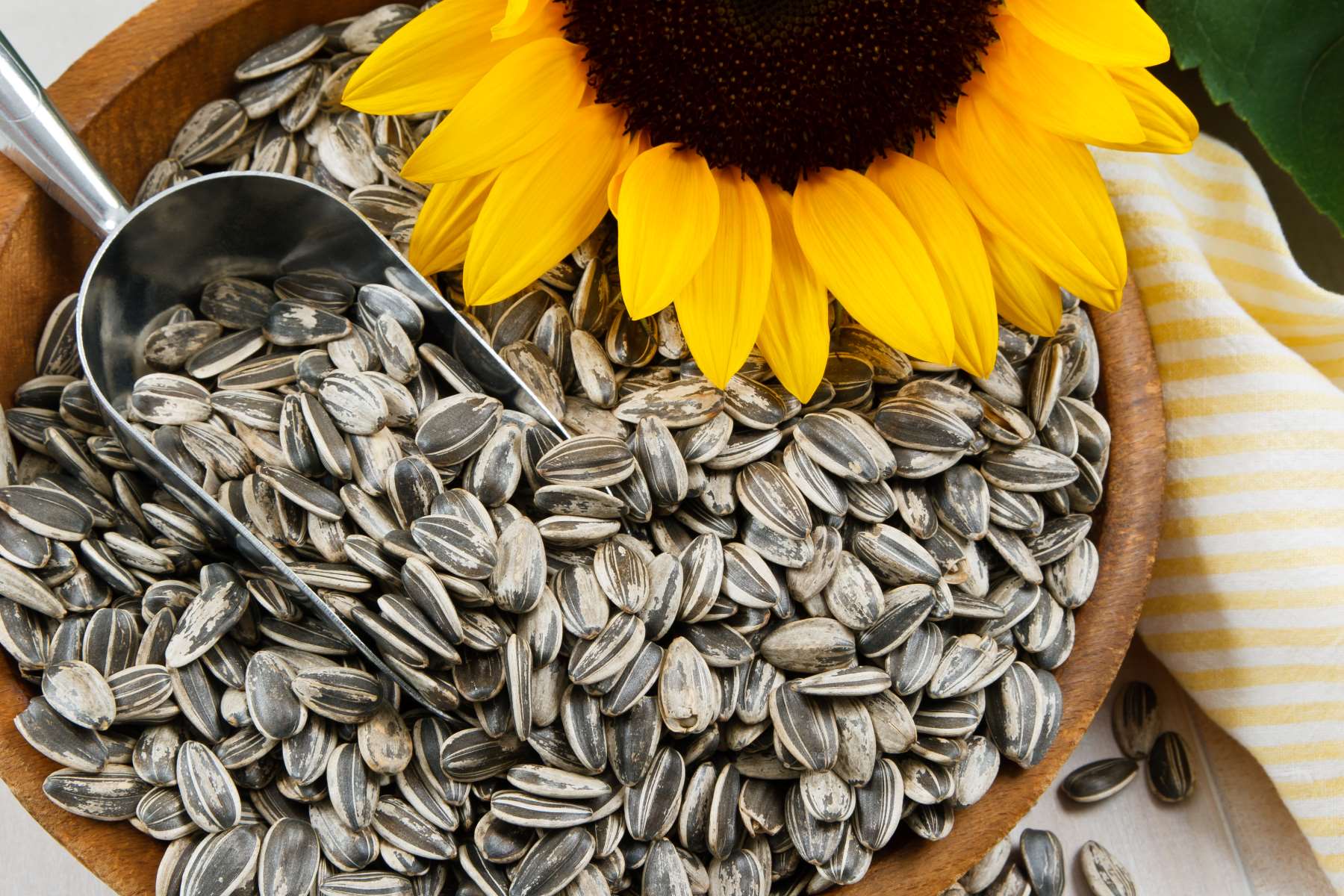
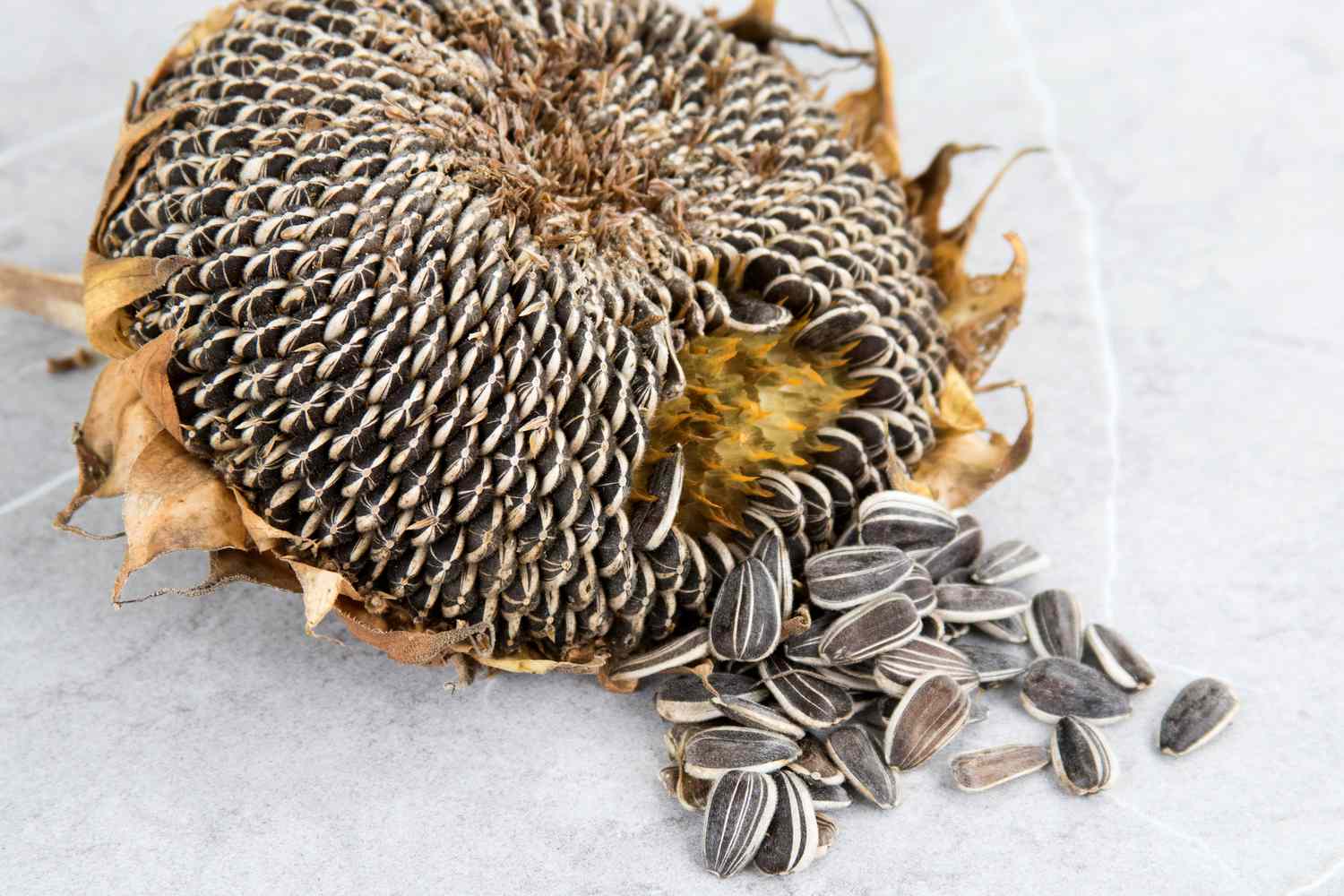
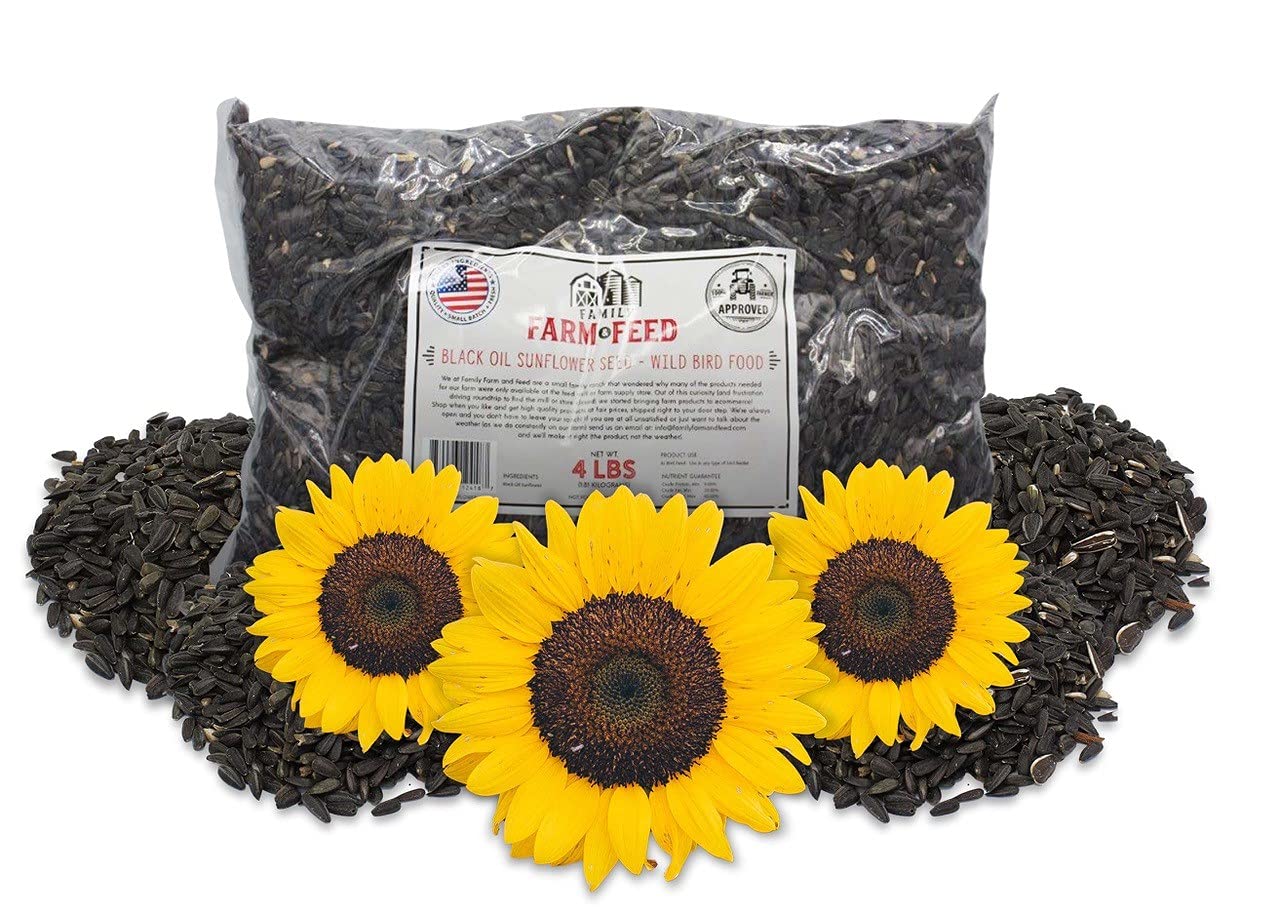
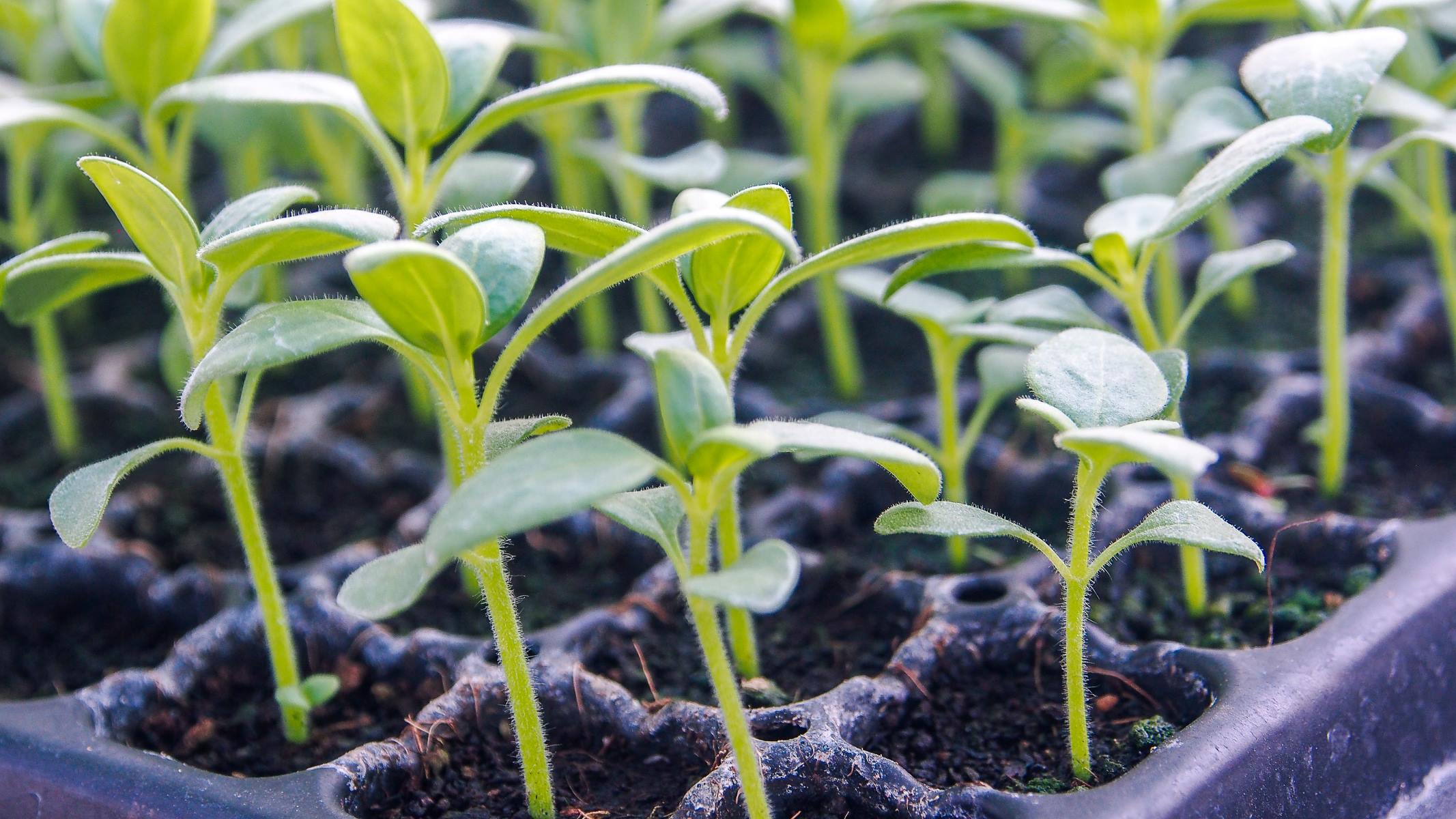
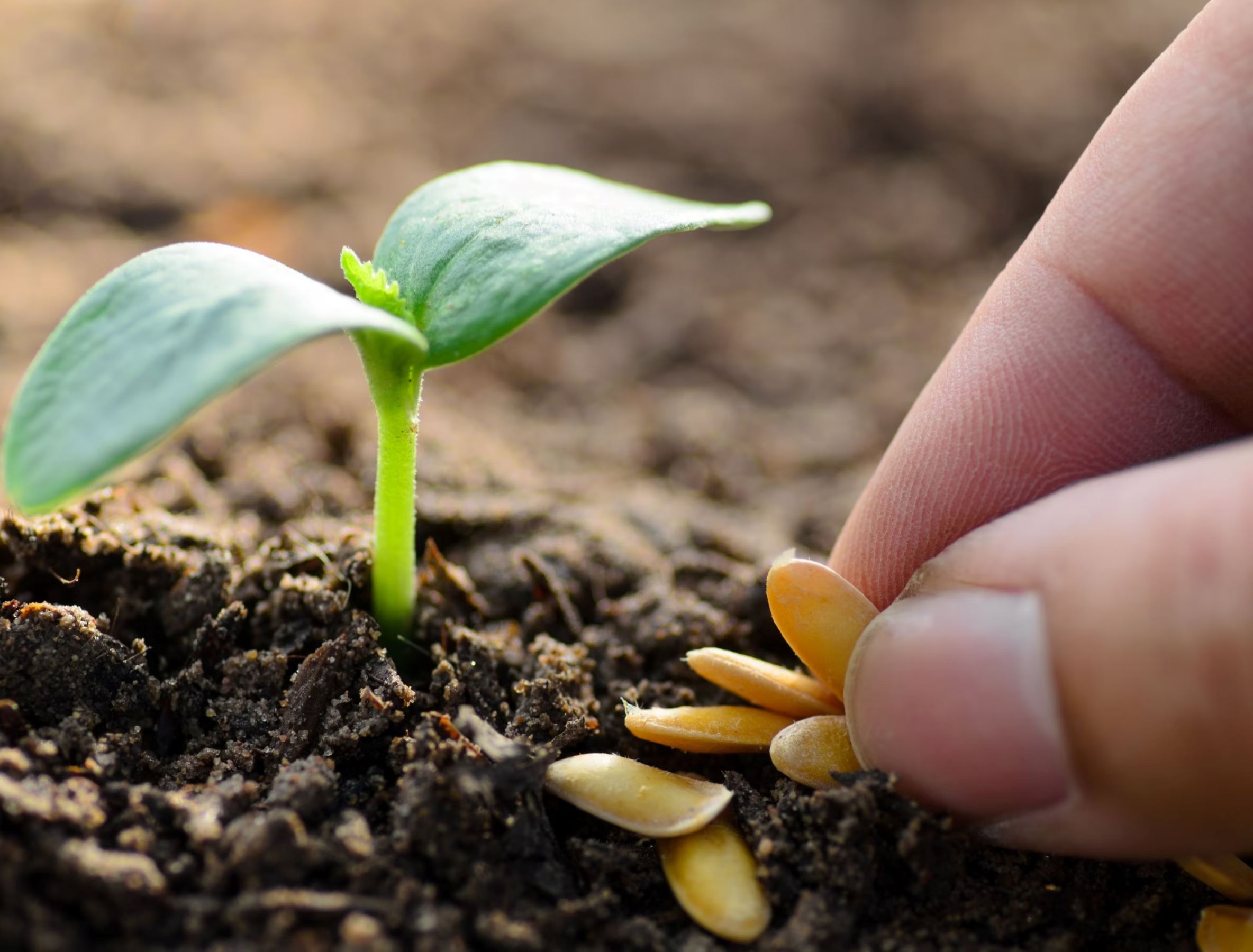
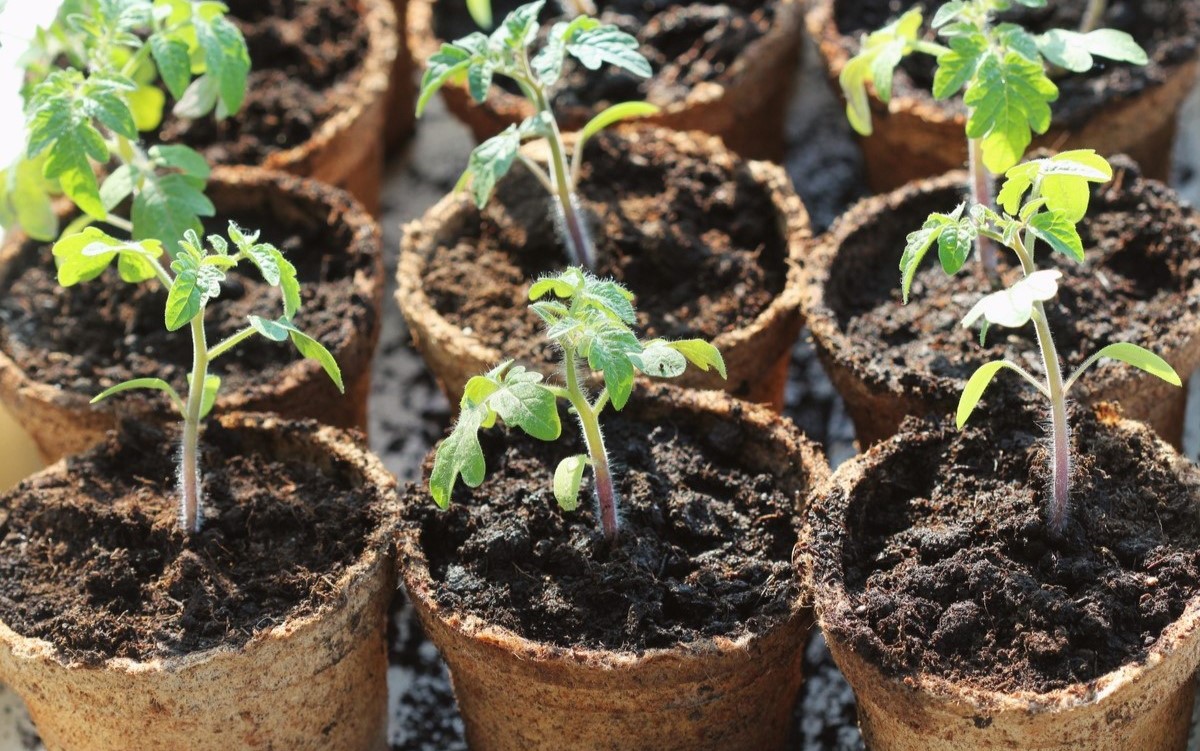

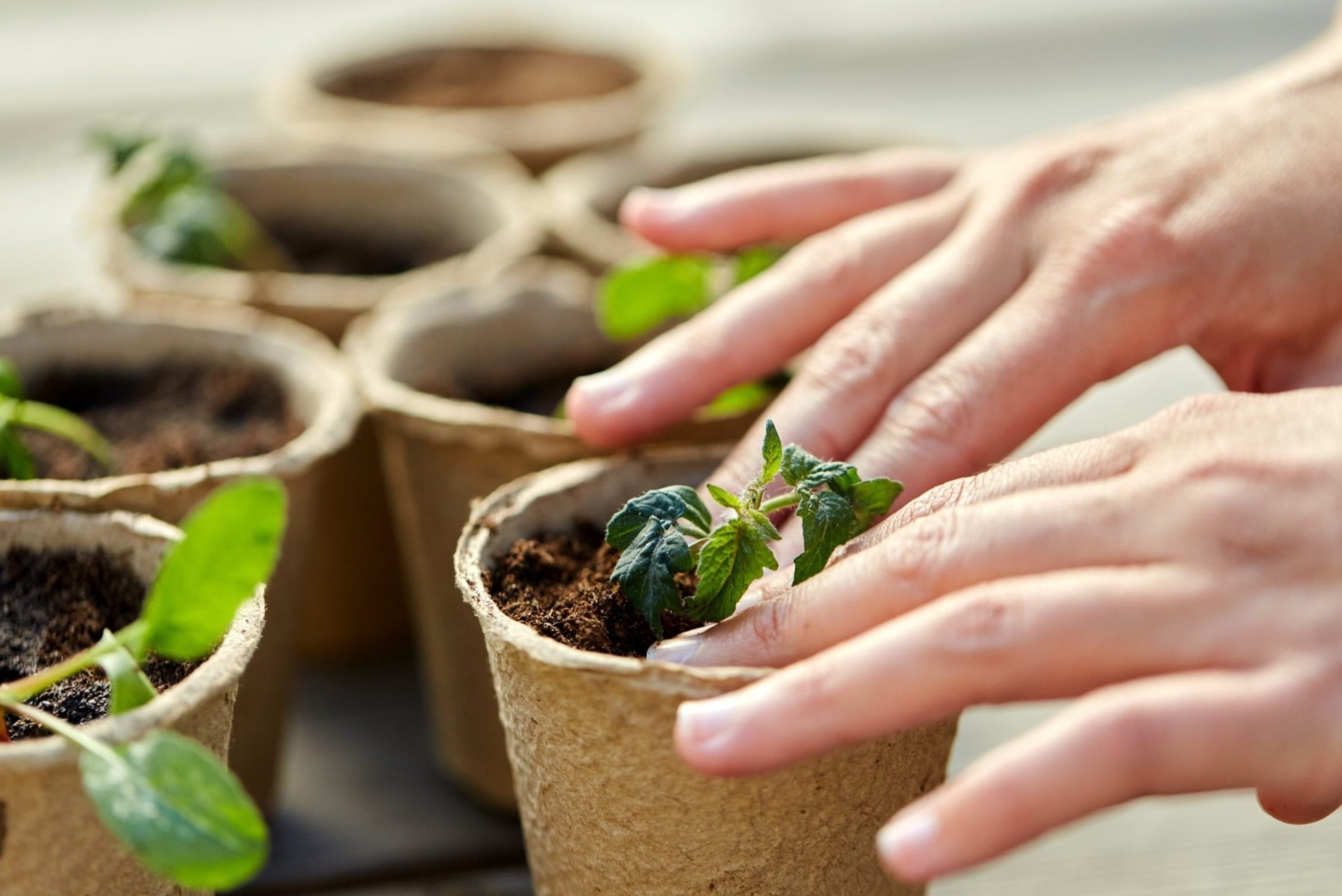
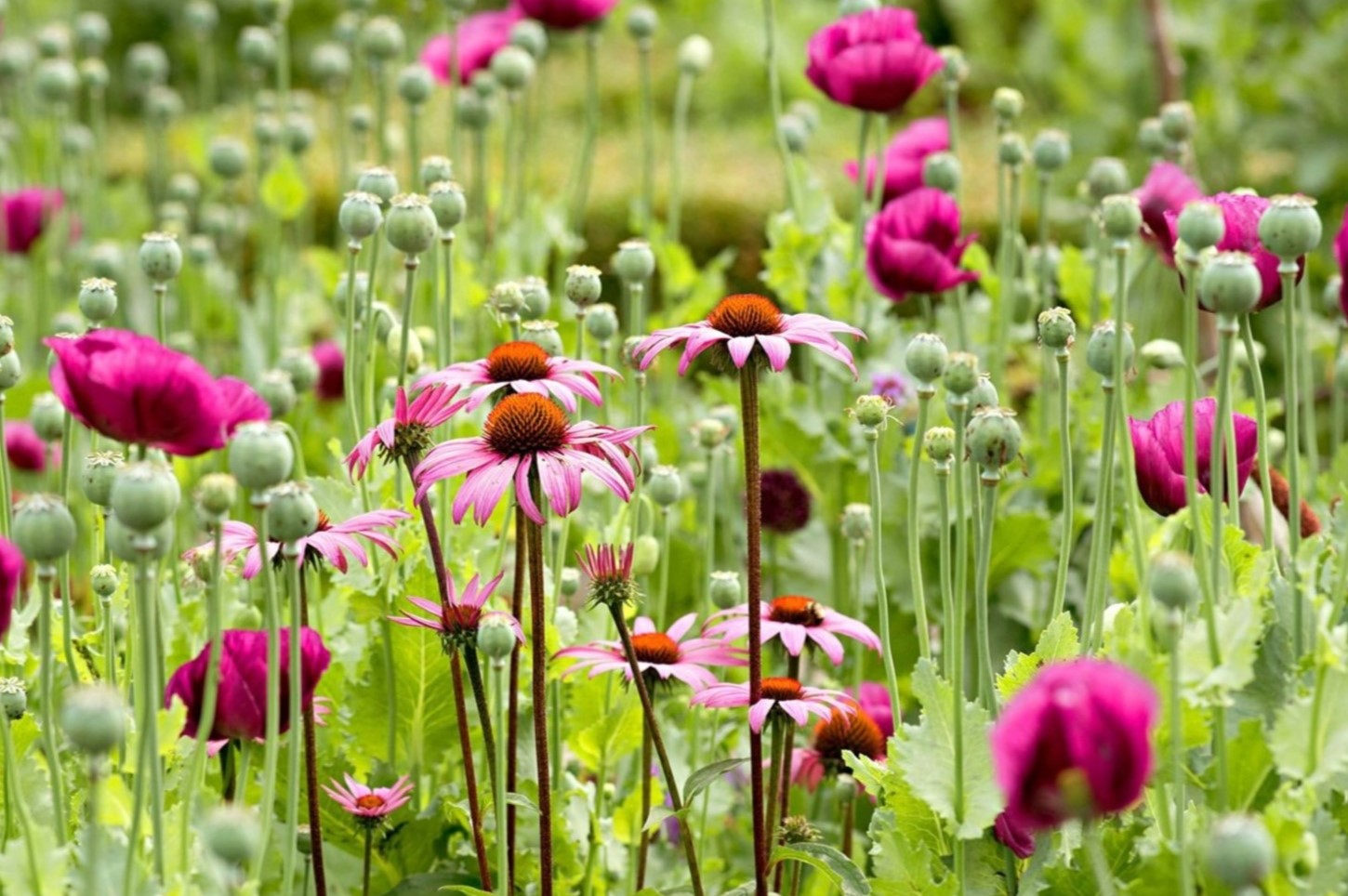
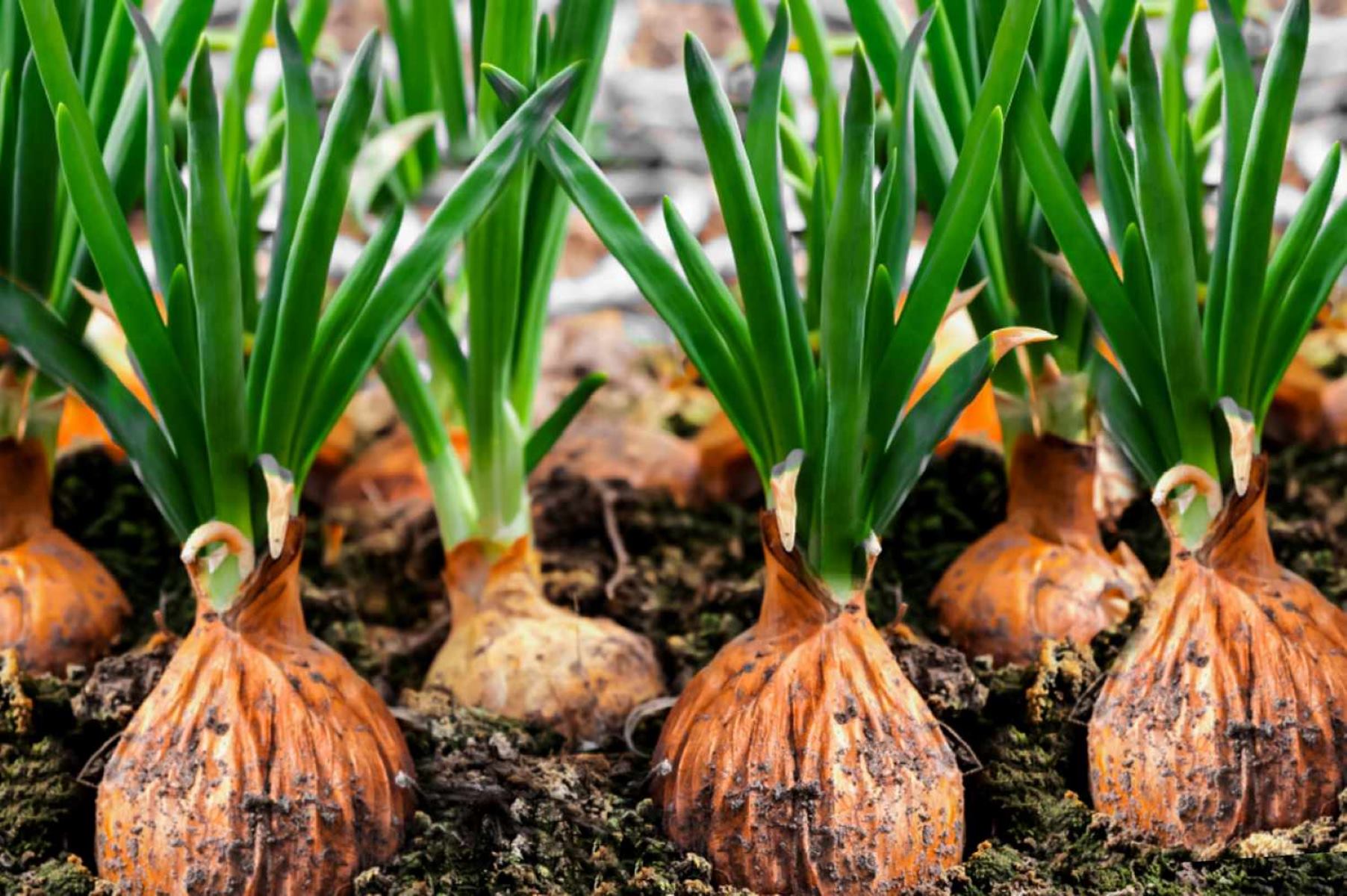
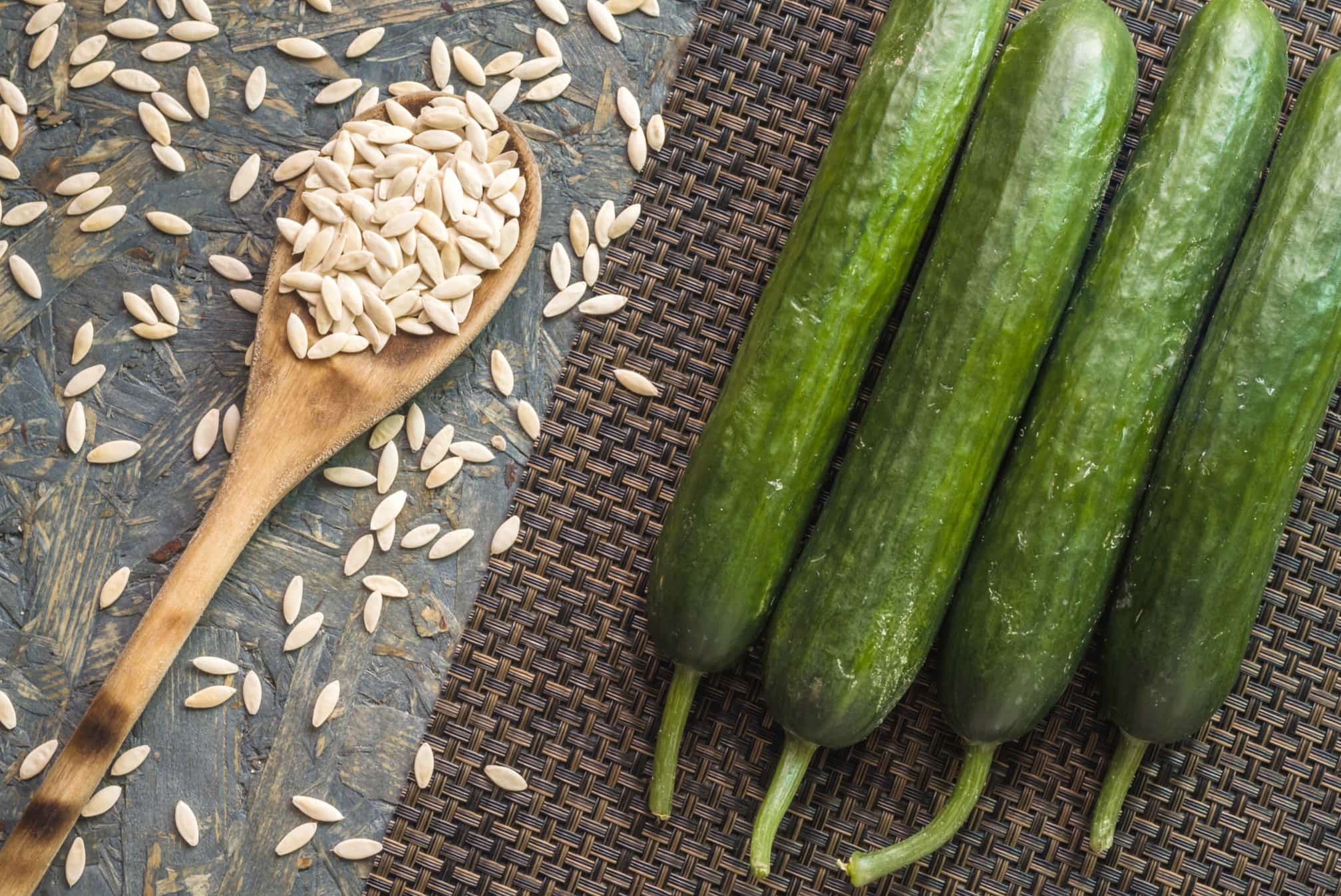
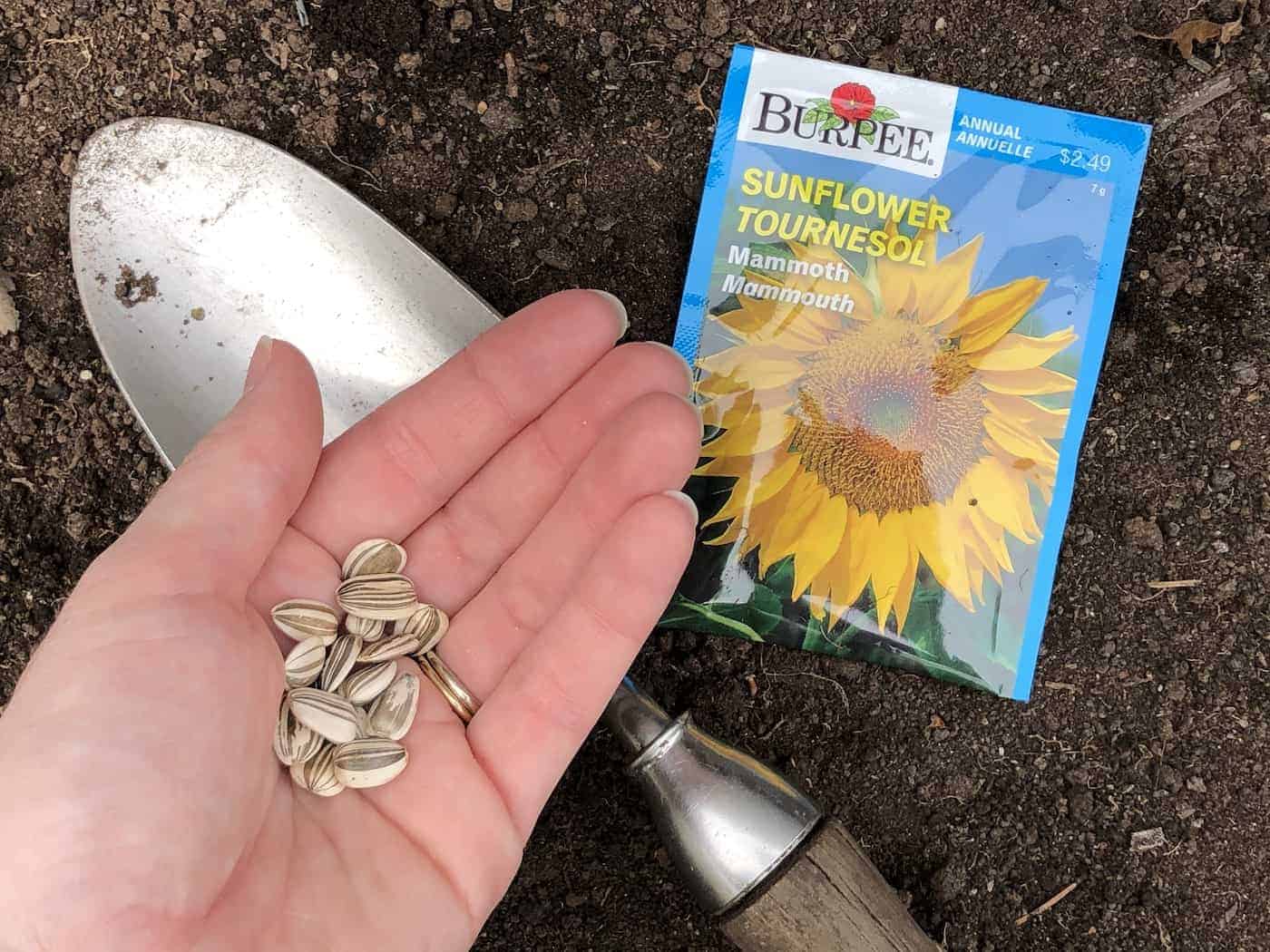
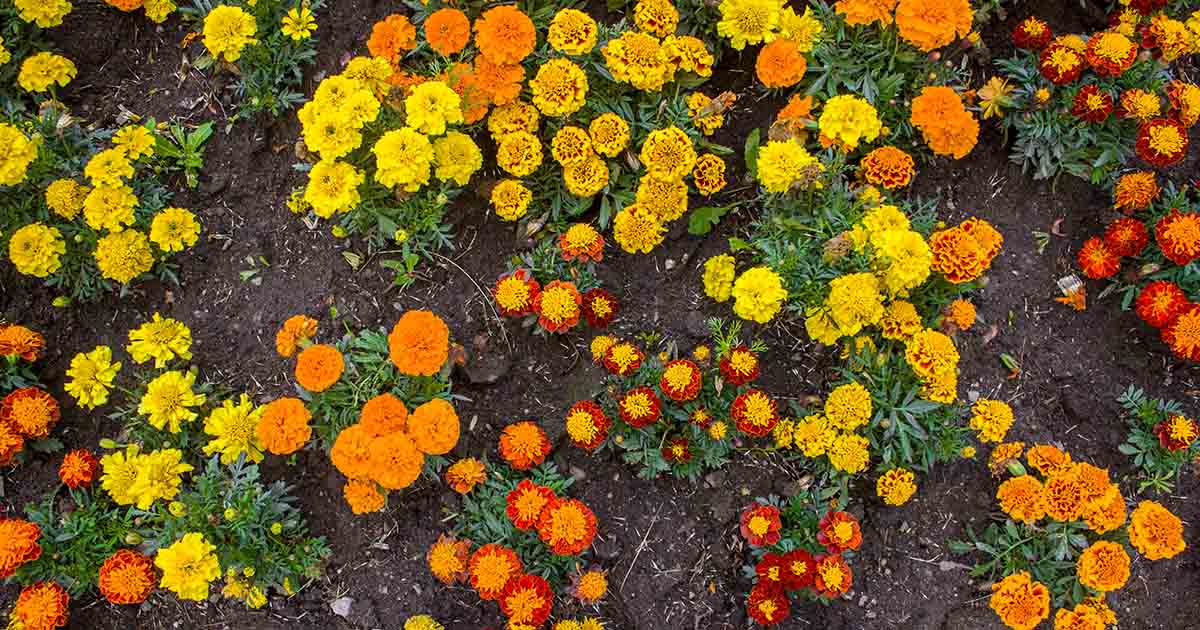
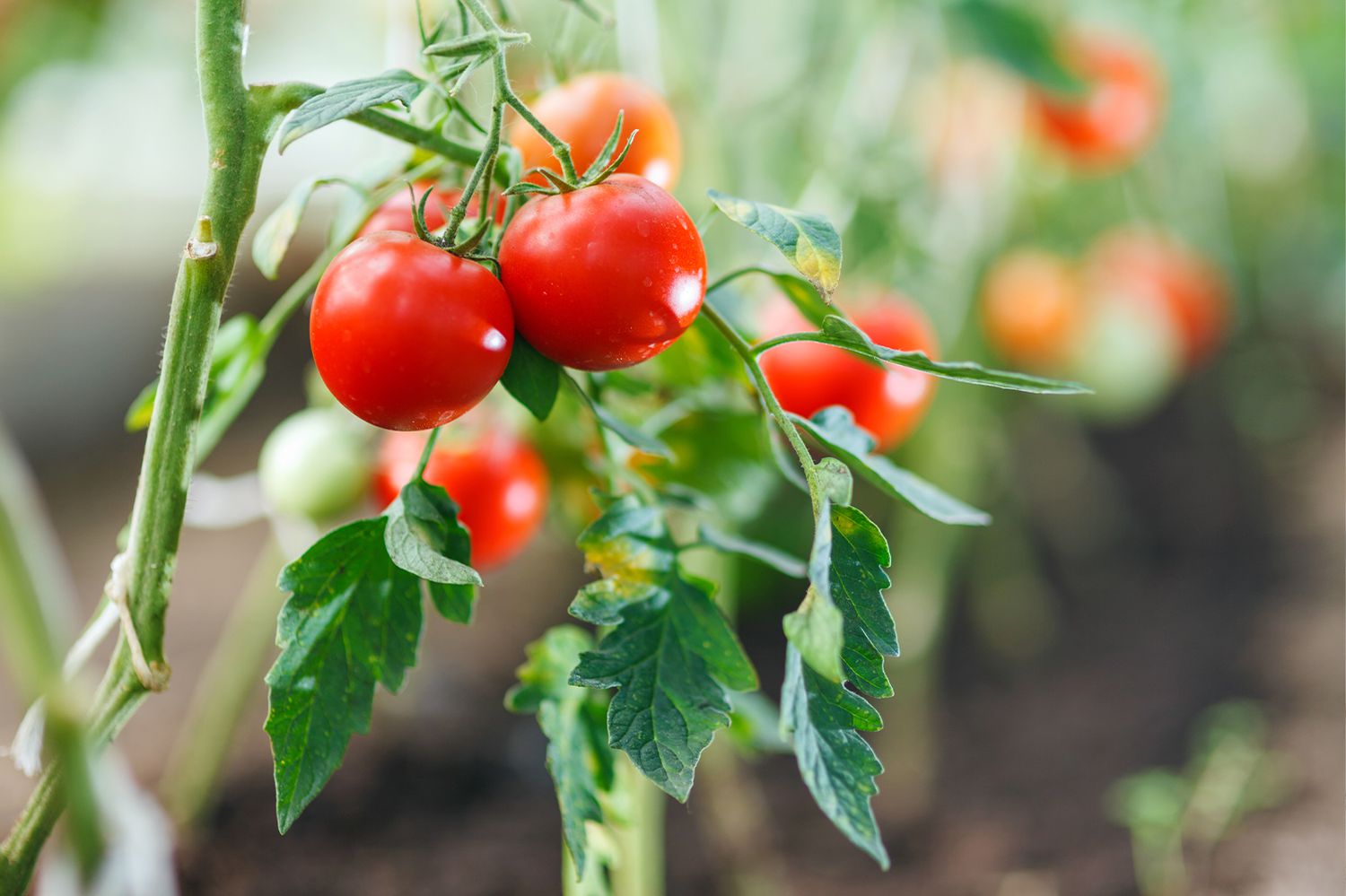

0 thoughts on “When Should Sunflower Seeds Be Planted”